NEW MARIJUANA AND DUI LAW
NEW MARIJUANA AND DUI LAW Sucking and Blowing
Two new bills were proposed by the government of Canada this week. The new marijuana bill which legalizes possession of 30g or four marijuana plants and new impaired driving legislation.
The link for the new marijuana bill is here:
The link for the new impaired driving link is here:
The Marijuana Bill
I can’t help but to notice that the new marijuana bill is – confusing. Confusing not because its badly worded, structured or illogical but because it sends a conflicting message:
The purpose of the act is set out in section 7 which states:
The Act’s purpose is to “protect public health and public safety” by restricting its access (especially to children), deterring illegal activities associated with cannabis, while at the same time, relieving the burden it places on the criminal justice system and providing access to quality controlled products.
In the same breath, the government is underscoring that marijuana is dangerous “to protect public health and safety” yet advocating for its access.
I’m not advocating a position on marijuana. I’m only highlighting the apparent contrast in the new Act.
The Impaired Driving Bill
I read in a newspaper piece that stated that impaired driving laws have “softened” because of “high priced lawyers” are finding “loopholes”. Without commenting more on this naïve perspective of the role of criminal defence lawyers, my reading of the new Act (which seems to be cut and paste) of our previous Government’s work (which was not enacted because of the regime change at the last election) the new Act is certainly going to test our relationship as individuals with our government.
One of the glaring new sections 320.27(2) authorizes a peace officer to demand a sample of your breath without any grounds whatsoever to believe you have any alcohol in your body.
This is going to create a significant amount of DUI litigation. To begin, people don’t like to be told what to do and now we are going to force them to provide a sample of their breath when they have done nothing wrong.
What I find interesting is there has been a push to cease DUI litigation with alternative provincial administrative type enforcement. In British Columbia for example, DUI cases are no longer prosecuted (with some exceptions) because the Provincial government has found other more cost effective ways to deter and punish people for impaired driving. This new legislation coupled with the legalization of marijuana is going to reverse the progressive steps taken in jurisdictions like British Columbia.
Since the legalization of marijuana is coupled with get tough on crime and impaired driving initiatives, I can’t help to feel like the Government is sucking and blowing. We may have taken one step forward by legalizing marijuana but I wonder if we have also taken two steps back?



